For tax efficiency on savings and investments read our fourth guide here, or contact either our Leicester or Loughborough accountants.
Savings
The Savings Allowance (which applies across the whole of the UK) allows interest of up to £1,000 from savings such as
– bank and building society accounts
– unit trusts
– trust funds
to be sheltered from tax. Availability of the allowance depends on your tax band.
Income tax band Savings allowance
Basic rate £1,000
Higher rate £500
Additional rate £0
Individual Savings Accounts (ISAs)
ISAs allow you to make a tax-efficient investment, rather than dealing directly in the investment market and facing the associated taxes. ISAs are free of income tax and capital gains tax and do not impact the availability of the savings or Dividend Allowance.
The total you can invest in any tax year is set by the government. For the tax year 2022/23, it is £20,000. This can be allocated across the different ISA types below. See also the 2002/23 subscription limit:
Cash ISAs – £20,000 limit
Stocks and shares ISAs – £20,000 limit
Innovative finance ISAs – £20,000 limit
Lifetime ISAs – £4,000 limit
Junior – £9,000
Although you cannot hold an ISA with, or on behalf of, someone else, you and your spouse each have an ISA subscription limit: this means you can invest £40,000 between you. It is also possible to open and manage an ISA for someone lacking the mental capacity to do so for themselves. This is done by applying to the Court of Protection for a financial deputyship order. In Scotland, application would be to the Office of the Public Guardian in Scotland.
Planning potential: review your position each year
ISA limits cannot be carried into future years. Use it before 5 April 2023.
Tax-efficient investments
The government has given a commitment to extend the Enterprise Investment Scheme (EIS), Seed Enterprise Investment Scheme (SEIS) and Venture Capital Trusts (VCTs) beyond 6 April 2025, and is changing some of the detail of the rules to provide more generous tax relief for investors.
This is the case with the SEIS, which offers the potential for 50% income tax relief, and where, from 6 April 2023, the annual investor limit doubles to £200,000.
Planning potential: capital gains tax
A key component of capital gains tax (CGT) planning is to make the best use of the annual exemption. A phased reduction in the CGT annual exemption is taking place over the next two years.
Currently at £12,300, exemption falls to £6,000 from 6 April 2023, and £3,000 from 6 April 2024.
It is possible to transfer assets between you and your spouse on a no gain/no loss basis in order to make the best use of the exemption. It is essential to get the detail of any transfer correct. Do please discuss any disposal with us first to make sure that it is effective for tax purposes.
CGT charges:
Basic UK taxpayers – 10% (18% on residential property)
Higher and additional rate UK taxpayers – 20% (28% on residential property)
Where one spouse is a higher rate taxpayer, and the other has not used their basic rate band in its entirety, transfer of assets thus has the potential to enable access to the 10% tax rate, rather than the 20% tax rate. Note that Scottish taxpayers pay CGT based on UK rates and bands and therefore need to assess their position based on UK rates.
Planning potential: Gift Aid
Not only are donations made under Gift Aid good for a charity or community sports club, they can also be a useful planning tool for the donor. In some cases they even generate tax refunds for some taxpayers.
Gift Aid donations work to your advantage by reducing the calculation of your taxable income. This means that a timely gift before 5 April 2023 may help keep income under various key tax thresholds, such as:
– High Income Child Benefit Charge, where clawback starts for income above £50,000
– abatement of the personal allowance, from £100,000
– the additional rate threshold (top rate in Scotland).
Tip: repayment potential
If you pay tax at more than the basic rate, you are entitled to claim tax relief at your top rate of tax on the donation. This means that you get the difference between the basic rate and higher rate tax on the donation.
Here to help
These are areas in which it is important to make sure that arrangements are fully compliant with relevant legislation. We would be happy to advise further. Please talk to us prior to action, or take a look at our other guides
Tax planning: director-shareholders
